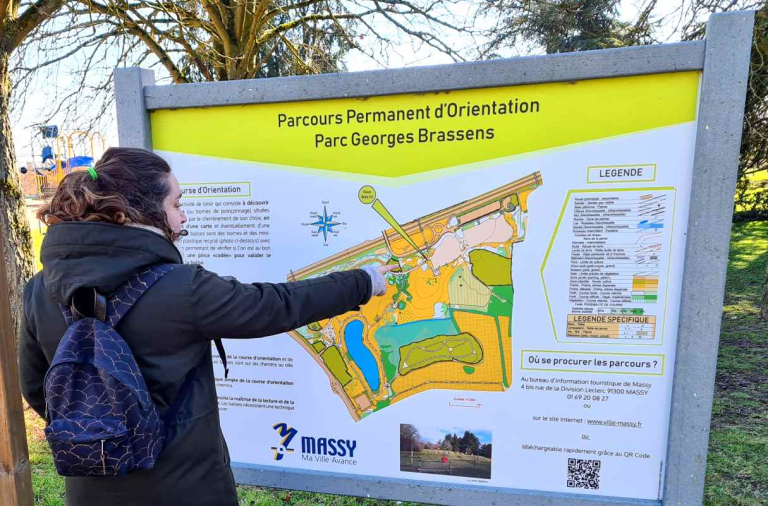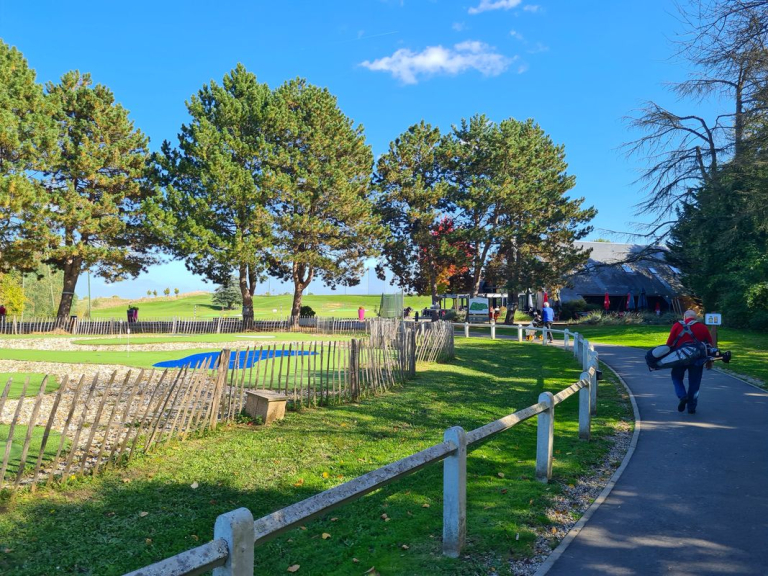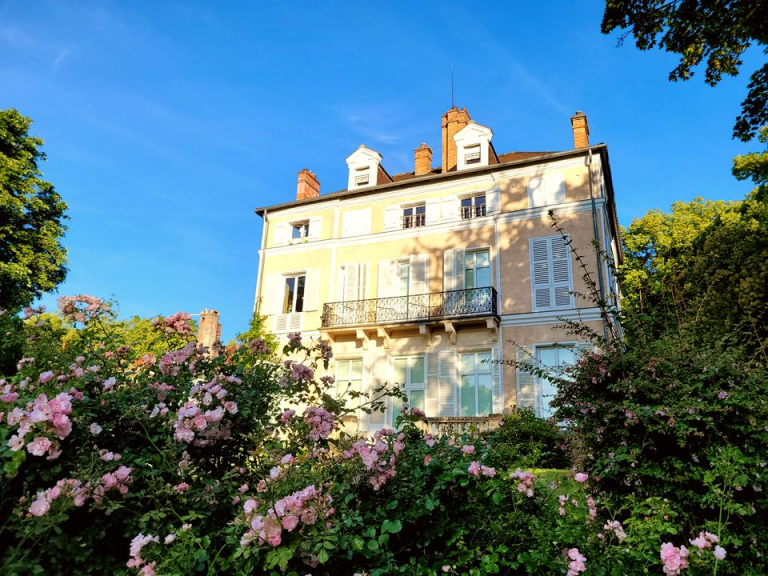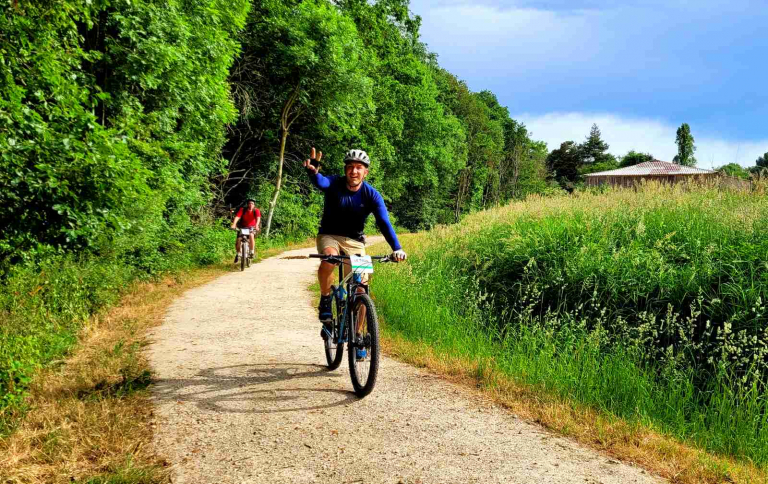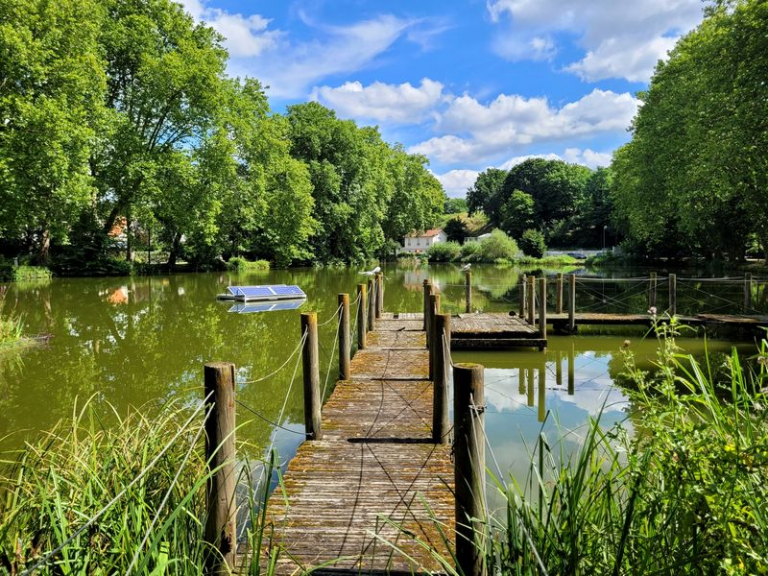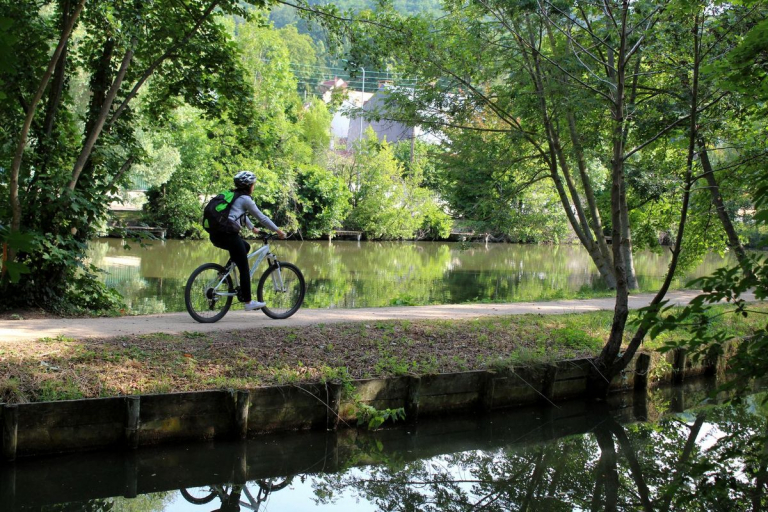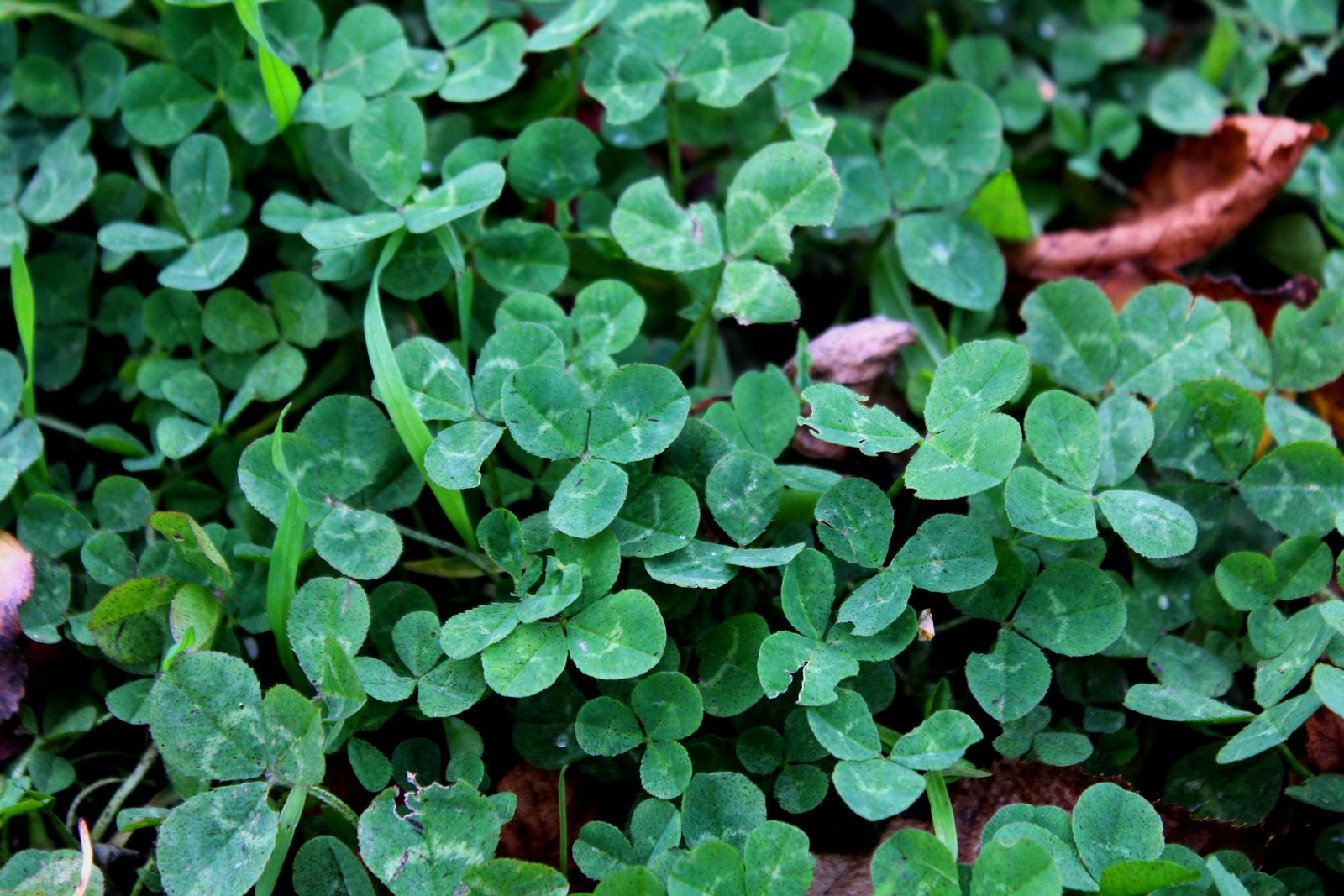
Discovering edible wild plants with Stéphane Loriot!
They are everywhere! Green, red or purple, edible wild plants can be found in all sorts of places. Not just in parks and gardens, but also in the most unexpected spots, as we find out today near the RER train station of Gif-sur-Yvette.
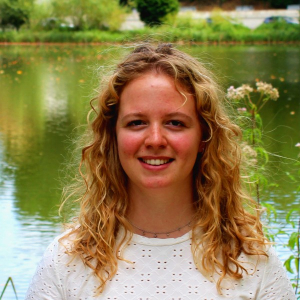
An experience lived by Lucie
Did you know? “According to Stéphane, it’s quite possible to live exclusively on plants as they can provide all the recommend daily amounts of nutrients!”
-
Gif-sur-Yvette
-
2 H
- Gastronomy
- Walks and hikes
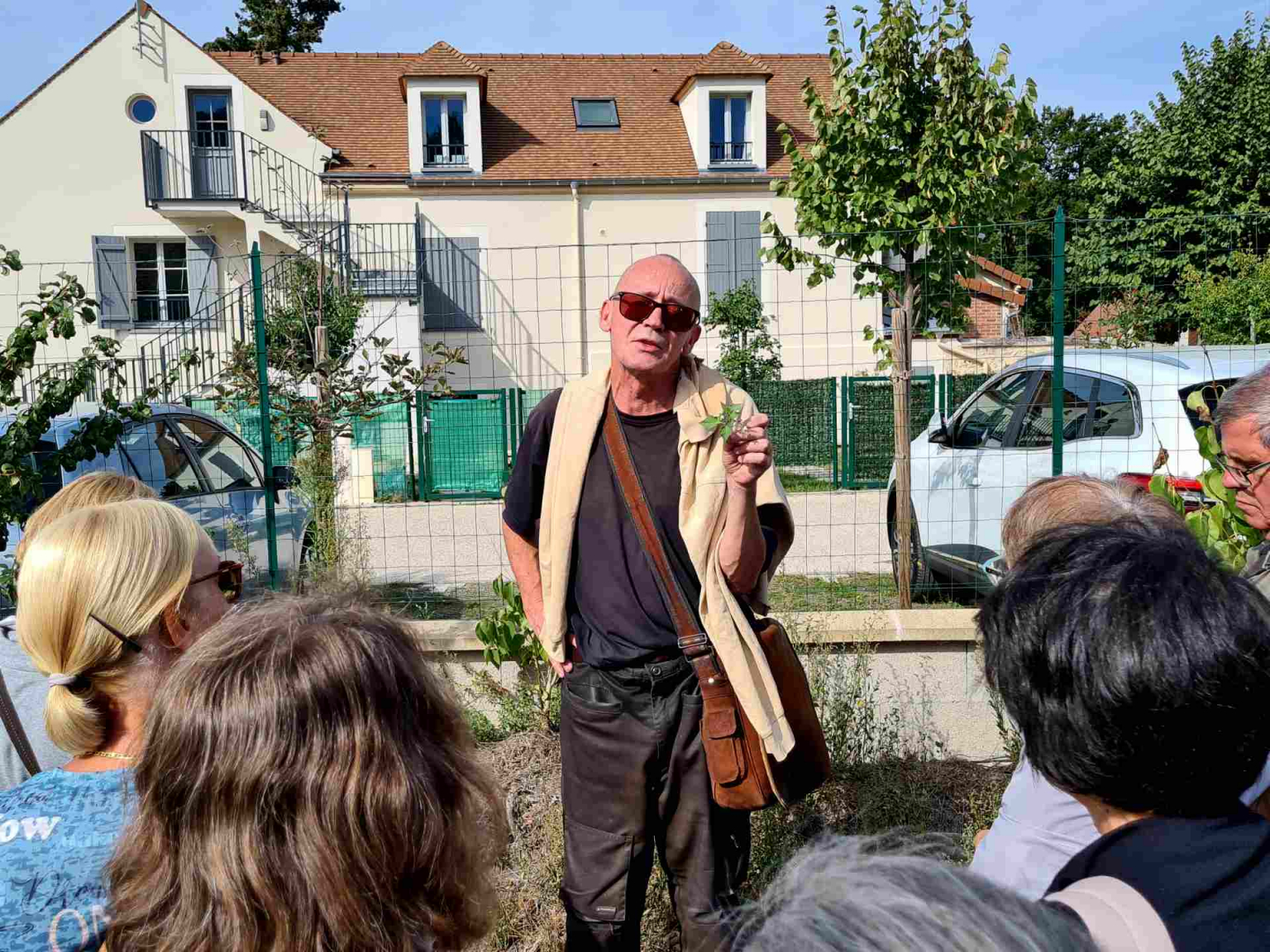
Stéphane Loriot
Stéphane Loriot, our guide, asks us to switch off our phones because he is electro-sensitive. This allows us to immerse ourselves more quickly and easily into his herbivorous world.
Stéphane is a true plant lover. He knows every single one of their properties and uses. As an employee of the Haute-Vallée de Chevreuse Regional Nature Park, he is quite used to leading nature walks to discover the “weeds” that populate our own gardens!
The dandelion
Our expert introduces us to the first plant of the day: Mallow. Mallow is a pretty purple flower that is usually consumed as a herbal tea. But, more interestingly, the leaves can be cooked in a fricassee or a soup. Delicious!
We’ve barely taken a few more steps when Stéphane stops after spotting some dandelions up ahead! Every knows that dandelions are famous for making us wet the bed… and it is indeed a highly diuretic plant. But its leaves can also be eaten in salads or added to your favourite dishes!
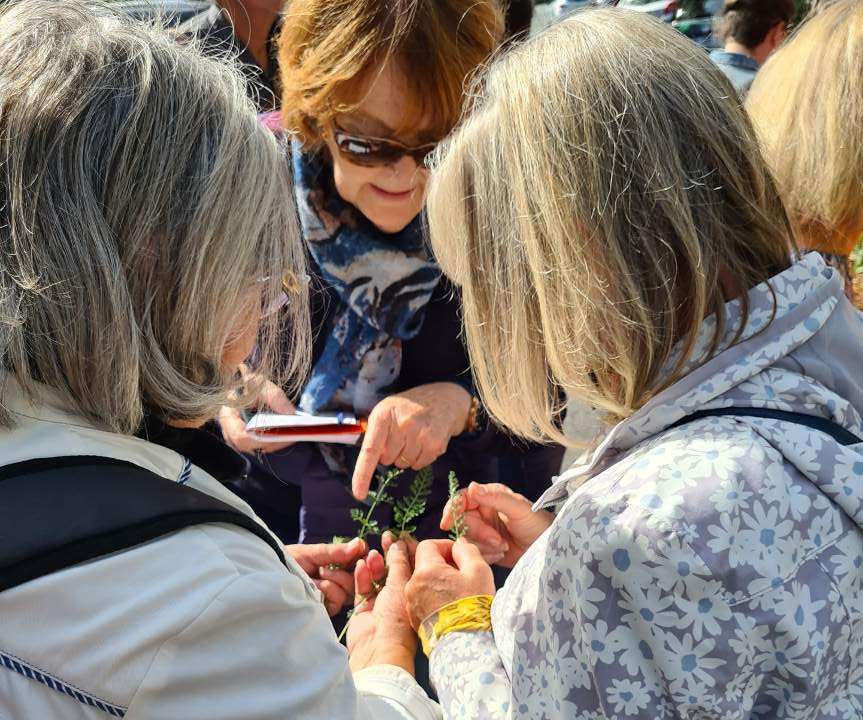
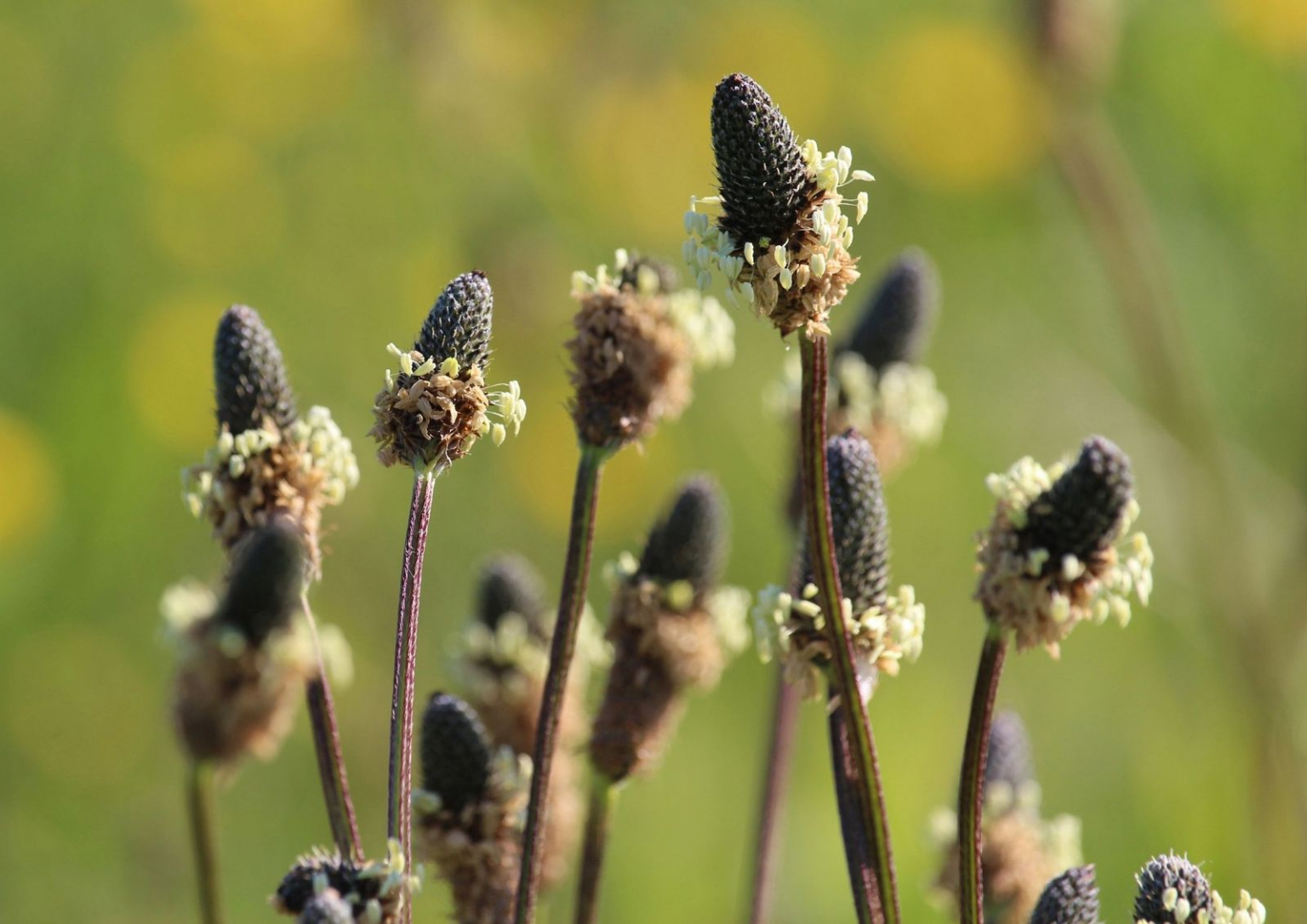
The Ribwort Plantain
In this case, the Ribwort Plantain, a powerful painkiller, skin healer and disinfectant. Just roll a few leaves into a ball between your hands, rub for about ten seconds and the sap will emerge when you squeeze the leaves! It’s amazing to see, we were all stunned to see it happen, and with such simplicity!
The yew berries
We continue walking into what becomes a real Aladdin’s cave for Stéphane!
Birch trees, nettles, yew berries… we’re in for a real feast! Our guide now settles one of our main issues: only 10% of wild plants are poisonous! Phew…
The fruit of the yew tree are very sweet red berries that taste a little like lychees! The bravest among us ate about twenty of them while others, more wary (like us), only tasted one or two. We enjoyed them! But beware, it is dangerous to bite into the kernel as it is highly toxic. Only the red flesh around it is edible.
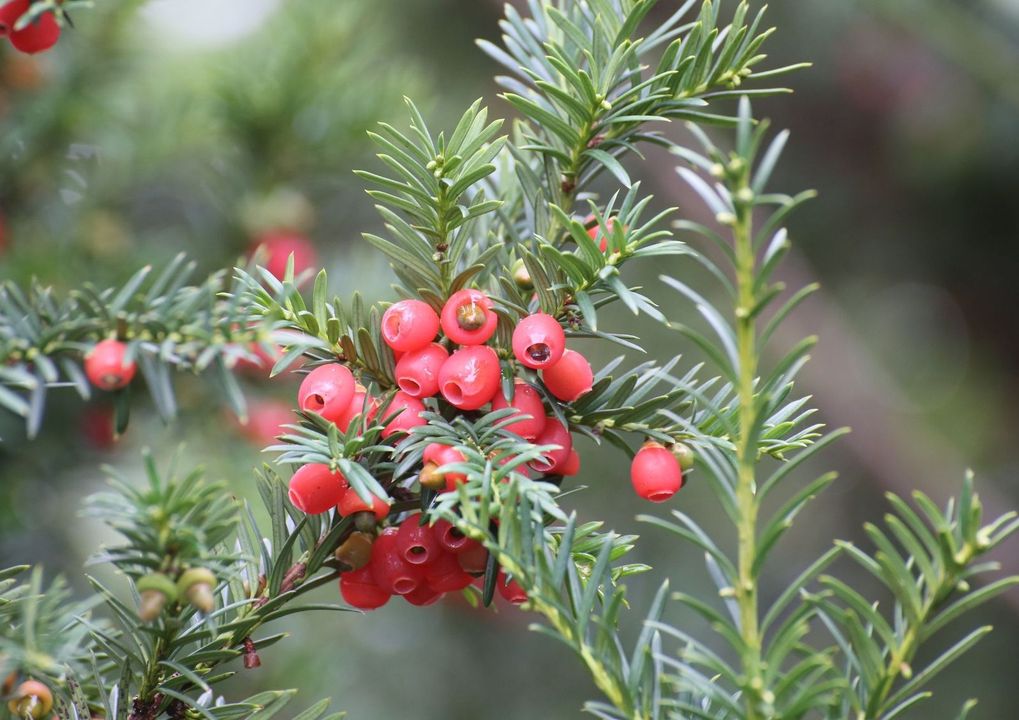
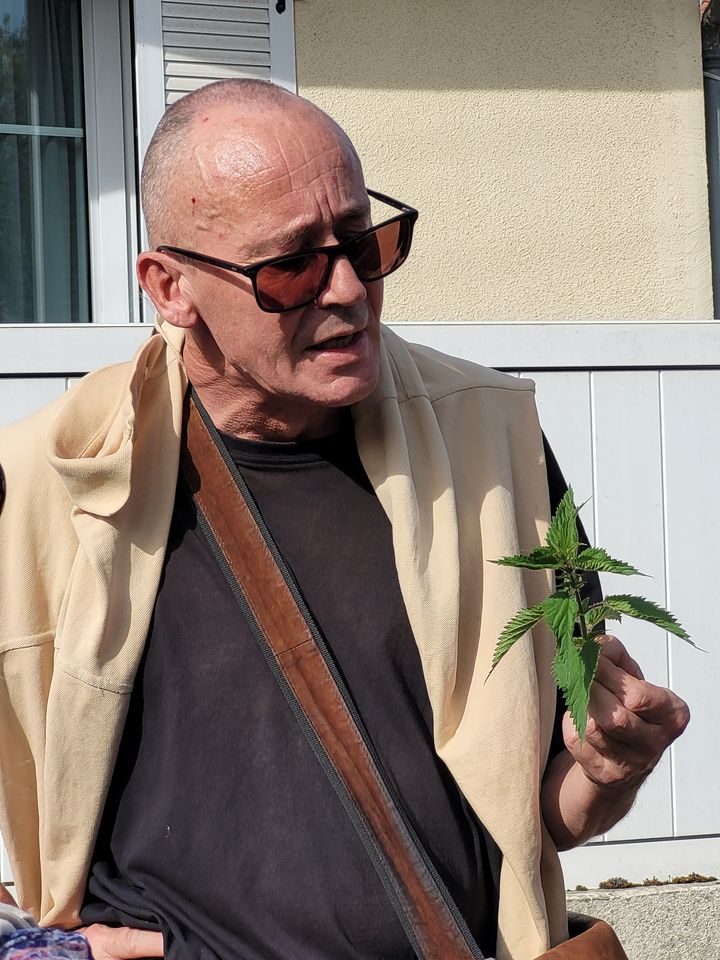
The nettles
All of a sudden, we see Stéphane grab some nettles with his bare hand! We’re astonished and he finds this amusing. He explains that nettles don’t sting you if you hold them by the lower part of the stem!
The delighted visitors all join in, asking question and never hesitating to test, taste and chew the plants.
The birch
One of the day’s final discoveries, the birch, a very tall tree whose leaves are used to make herbal teas that help to reduce cellulite. (Worth noting for next year’s summer body!)
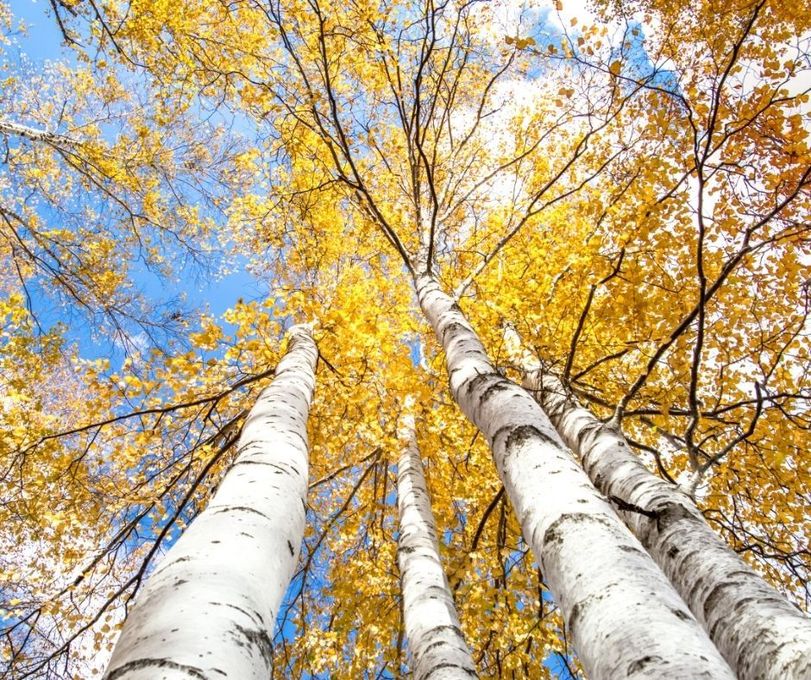
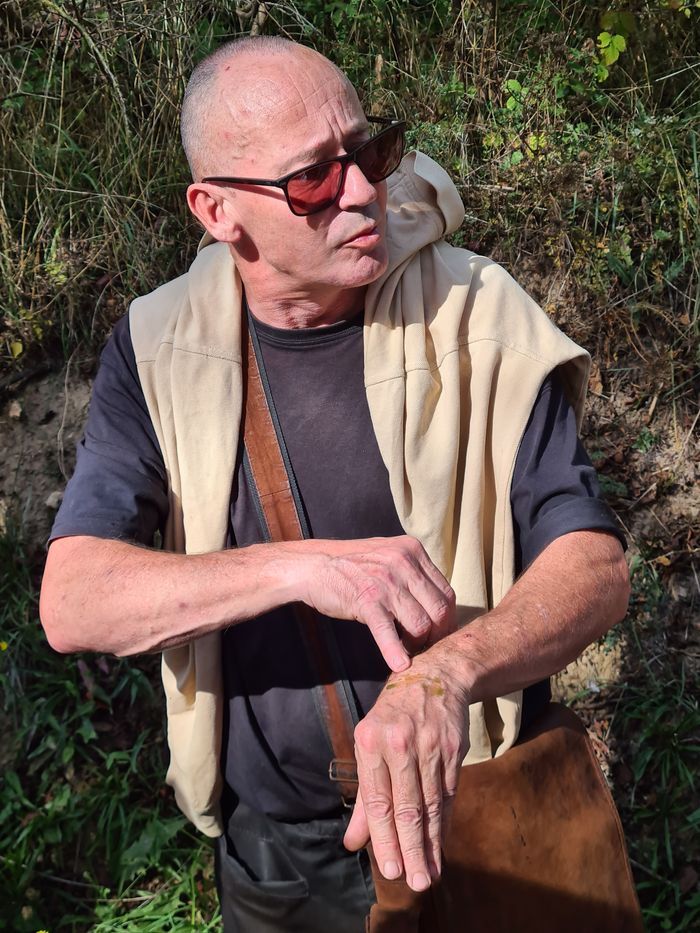
We recommend you take a look at Stéphane’s website where there are lots of recipes and useful information for anyone who’s interested in edible wild plants!
